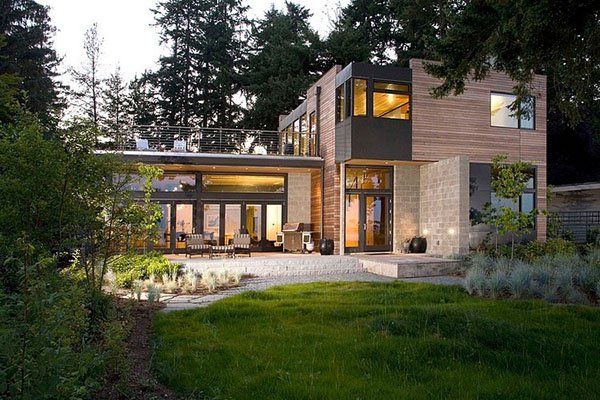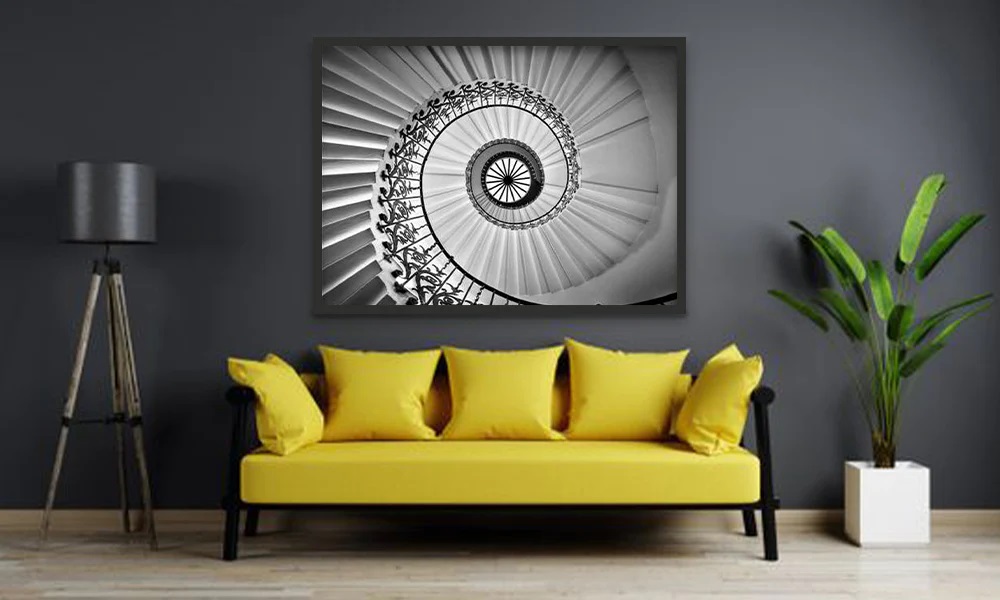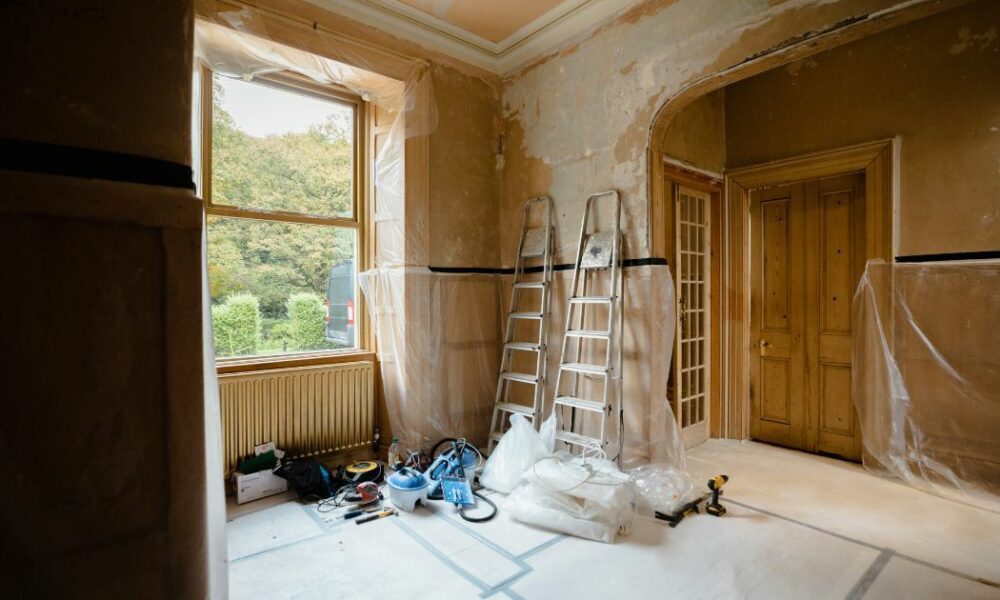The concept of home harmony revolves around creating a living space that seamlessly blends tradition with modernity. It is a delicate balance that combines the timeless appeal of traditional elements with the functionality and convenience of modern design. By successfully merging these two contrasting styles, homeowners can create a unique and inviting atmosphere that reflects their personal taste and values.
Embracing Traditional Elements
Traditional elements bring a sense of history and nostalgia to a home. They can include architectural features, such as crown molding, wainscoting, and exposed beams, as well as decorative elements like antique furniture, vintage textiles, and classic artwork. Incorporating these traditional elements adds character and warmth to a space, creating a sense of familiarity and comfort.
When blending tradition with modernity, it is important to carefully select and integrate traditional elements that complement the overall design. For example, pairing a vintage Persian rug with sleek modern furniture can create a visually striking contrast that highlights both styles. Similarly, mixing traditional wooden cabinetry with contemporary stainless steel appliances in the kitchen can create a captivating blend of old and new.
Integrating Modern Design

While tradition brings a sense of history, modern design focuses on simplicity, functionality, and sleek aesthetics. It embraces clean lines, minimalist furniture, and innovative technology. To achieve home harmony, it is essential to incorporate modern elements that enhance the functionality and efficiency of the space without overwhelming the traditional elements.
One way to integrate modern design seamlessly is through the use of technology. Smart home devices, such as voice-controlled assistants, automated lighting systems, and wireless charging stations, can be discreetly incorporated into traditional spaces, enhancing convenience and efficiency without compromising the overall aesthetic.
Another aspect of modern design that can be integrated is the use of neutral color palettes and natural materials. Neutral colors, such as whites, grays, and earth tones, provide a clean and timeless backdrop that allows traditional elements to shine while maintaining a contemporary feel. Natural materials like wood, stone, and glass can be used in modern furniture and accessories to add texture and depth to the space.
Creating a Cohesive Space
Blending tradition with modernity requires careful attention to create a cohesive and harmonious space. It is important to establish a consistent design language throughout the home, ensuring that traditional and modern elements complement each other rather than clash.
One approach to achieving this cohesion is through the use of transitional furniture. Transitional pieces combine elements of both traditional and modern design, bridging the gap between the two styles. For example, a sofa with clean lines and minimalist design can be paired with traditional accent chairs upholstered in classic patterns to create a balanced and cohesive seating arrangement.
Another way to create a cohesive space is by using accessories and artwork that reflect both traditional and modern styles. Mixing vintage artwork with contemporary pieces, or displaying traditional ceramics alongside modern sculptures, can create an interesting visual dialogue that adds depth and personality to the overall design.
Home harmony is all about finding the perfect balance between tradition and modernity. By carefully selecting and integrating traditional and modern elements, homeowners can create a living space that is both timeless and functional. Blending the two styles not only creates a unique and inviting atmosphere but also reflects the personal taste and values of the individuals who call it home.




